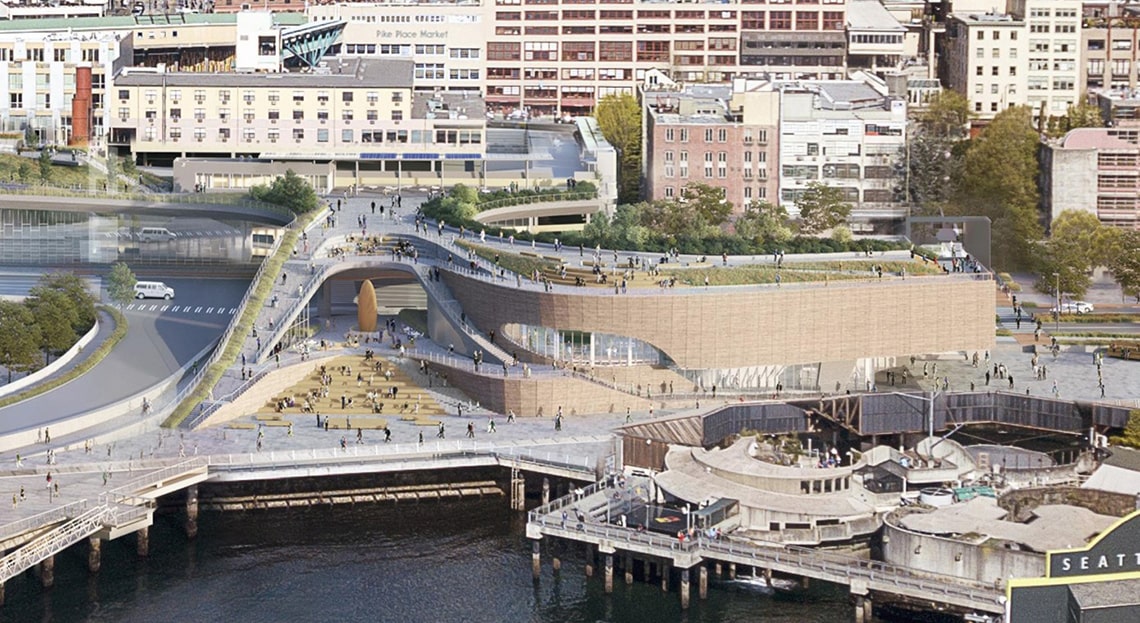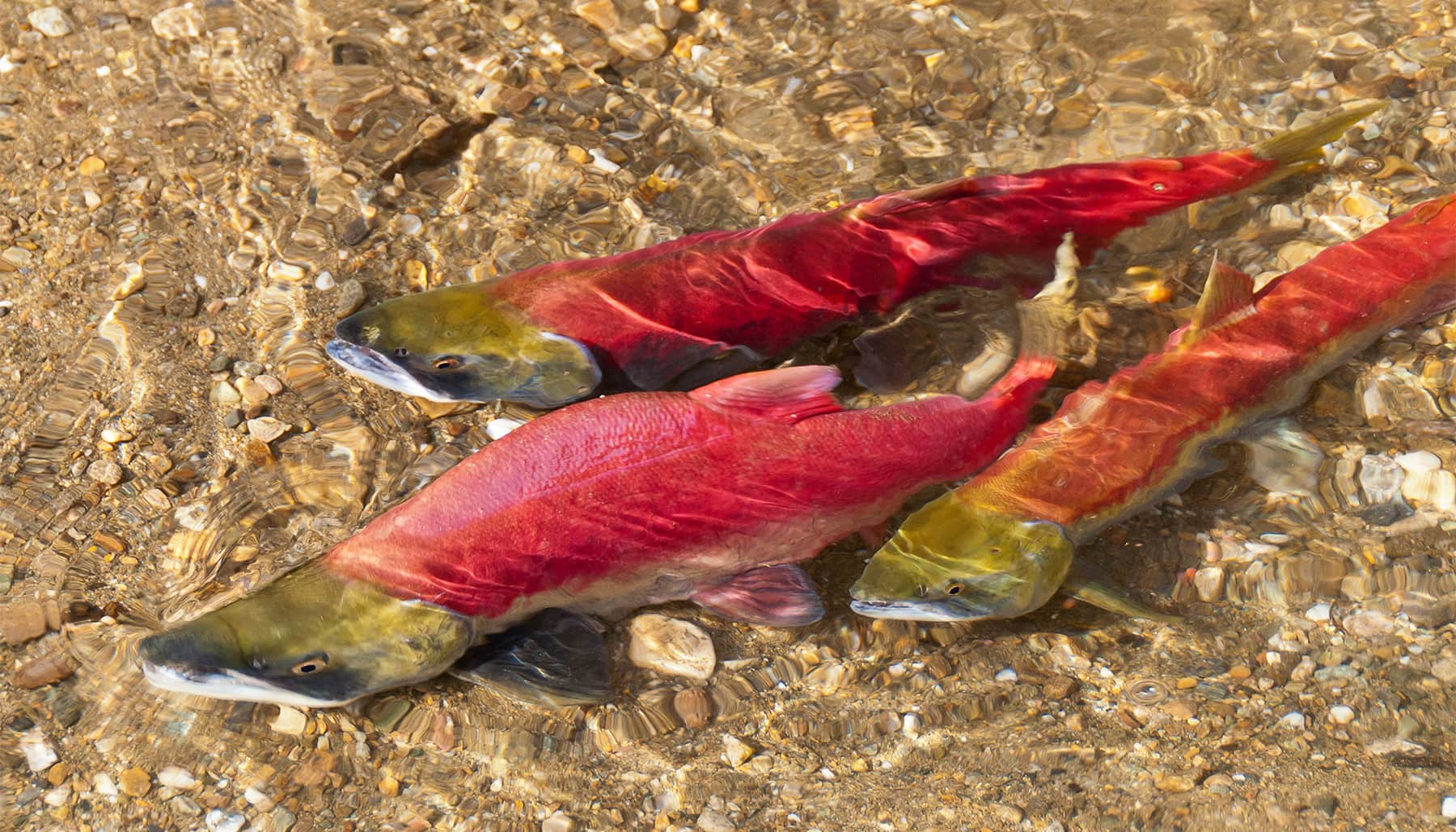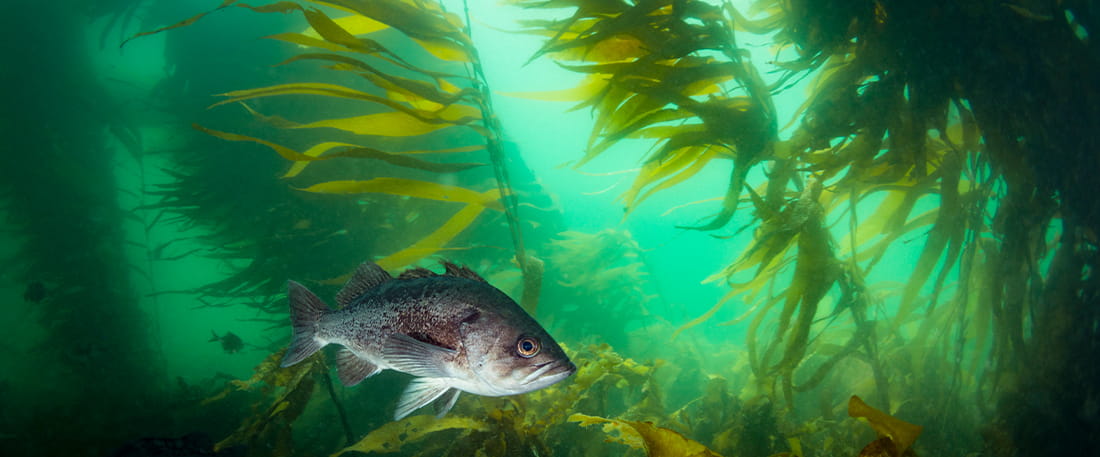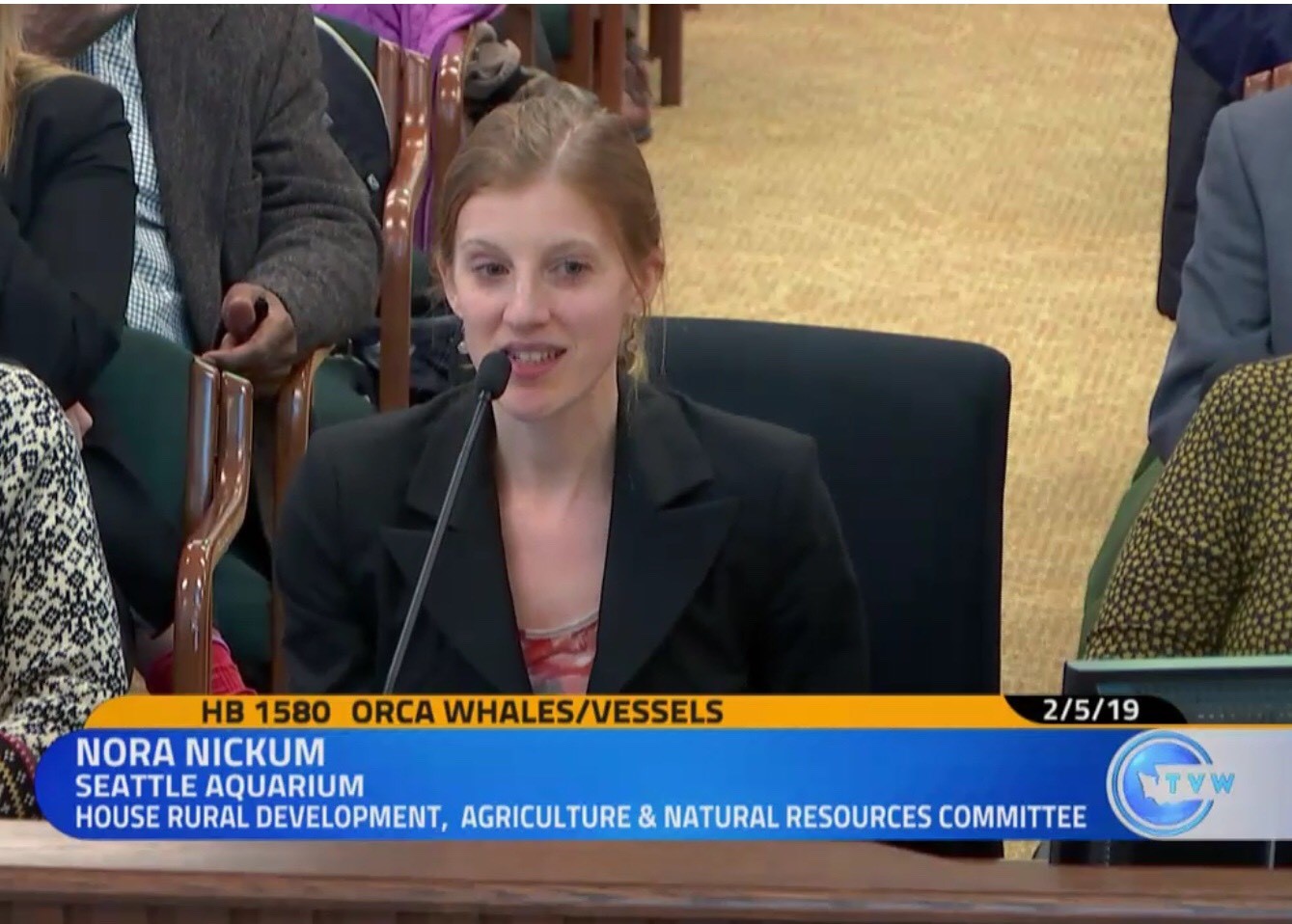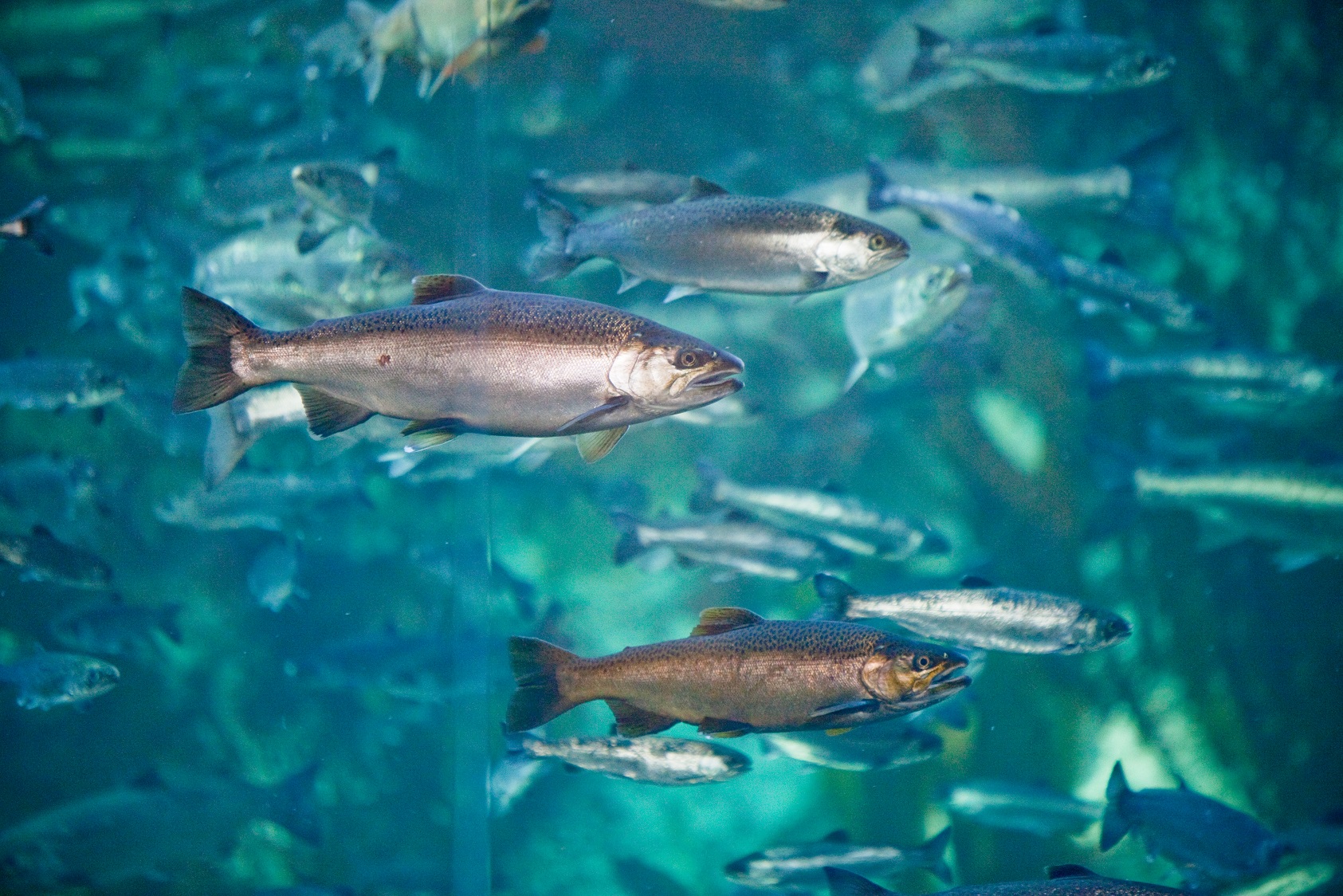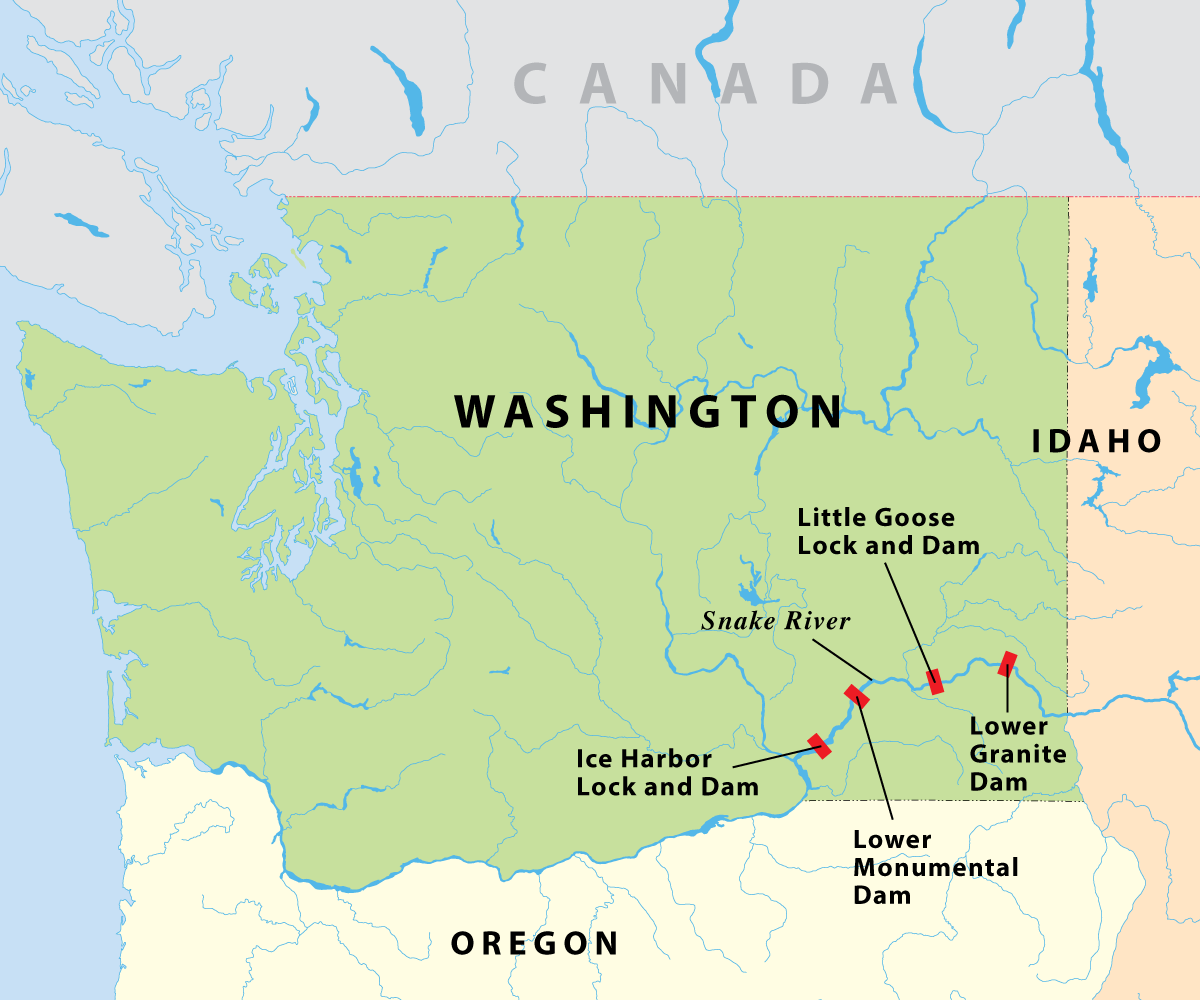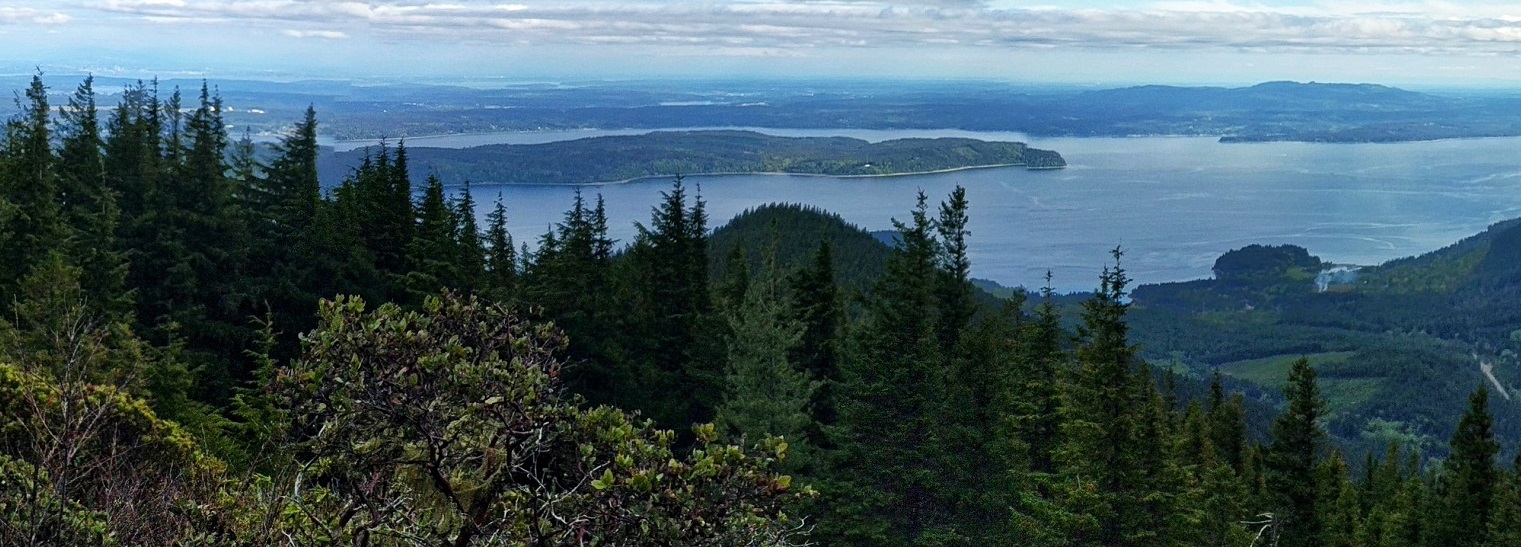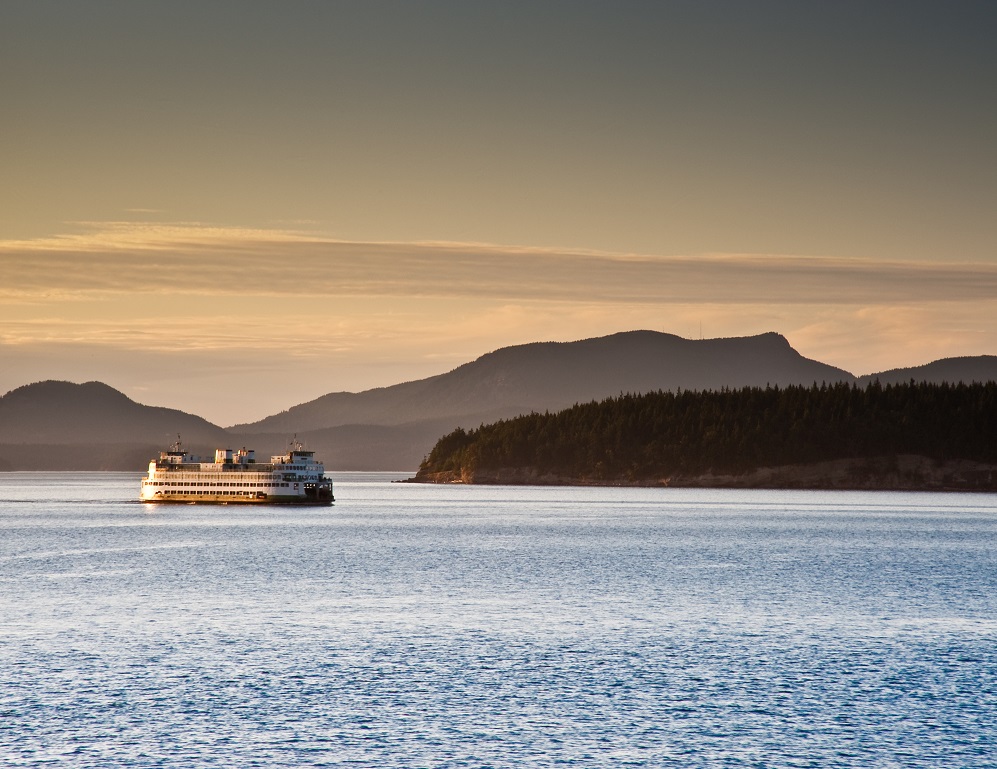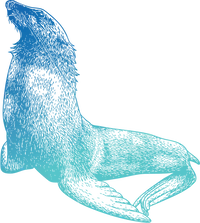A rising tide for ocean climate action
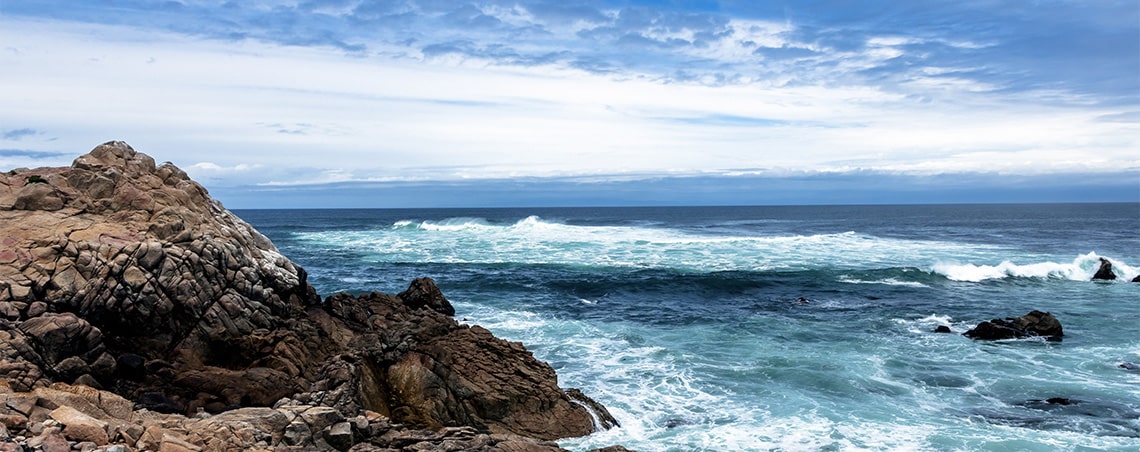
We’re at a turning point in the climate change discussion: The ocean is now fully recognized for the critical role that it can and will play in solving the crisis.
For many years, discussions of climate change have centered on the land. The land is certainly important for climate action–it’s where we live, and where we emit a lot of greenhouse gases from transportation, power plants, farming, construction and more. Meanwhile, talk of the ocean and climate change tended to be limited to worries about sea level rise or impacts to fishing and shellfish production.
However, more and more people—including leaders—have begun to recognize that the ocean and the spectacular diversity of species and ecosystems it contains are impacted by climate change in many other ways. And, crucially, the ocean is a key part of the solution: It can help us address climate change—yet another reason to work hard to protect it.
The ocean absorbs excess heat and carbon from the atmosphere. That has helped to slow the accumulation of greenhouse gases in the atmosphere and delay increases in air temperature. But it has also led to an increase in the frequency and severity of warm water events like El Niño and a measurable decrease in pH, otherwise known as ocean acidification. In turn, these changes wreak havoc on marine ecosystems and the people who rely on them for their food, livelihood, health and well-being.
In 2020, the House Select Committee on the Climate Crisis and various nonprofits put forward action plans for how we can reduce fossil fuel use, protect the ocean and its resources, and lift up the communities most affected by climate change. This week, there was a hearing in Congress on a new Ocean-Based Climate Solutions Act—a monumental step forward in focusing attention on the role of the ocean in climate action.
How can we make the ocean part of the climate solution?
Investing in renewable energy, protecting eelgrass beds and other habitats and supporting sustainable fishing and aquaculture—all guided by science—have been proven to mitigate the effects of climate change. They also have many other benefits for ecosystems, economies and communities, including ensuring food security and climate resilience for coastal communities. Last year, Dr. Erin Meyer, director of conservation programs and partnerships, had an op-ed in the Seattle Times calling for these kinds of investments and more.
Coastal restoration efforts support vibrant fish populations by providing habitat for juvenile fish, and they also help mitigate the effects of sea level rise. Reefs, salt marshes, forested tidal wetlands and mangroves act as buffers against storms and can store up to four times the carbon per acre than land-based ecosystems.
Well-managed fisheries can provide food security and benefit species throughout the marine food web, beyond just fish. Science-based fisheries management supports everything from plentiful plankton to thriving whales, as well as resilient human communities. And here in Washington, the ocean supports over 60,000 fishing industry jobs. In order to ensure that all of these benefits persist, we’ll need our leaders to ensure that fisheries management considers how habitats will shift and species will need to migrate as the climate changes.
The ocean also provides space for the large footprint needed for renewable energy production, which will help us transition away from fossil fuels. However, offshore energy installation and operation may pose a risk to marine ecosystems and cultural practices. Governments should utilize the best available scientific and socioeconomic data to minimize these and other risks from offshore wind farms and other renewable energy projects in the ocean.
All of these efforts will require people—and a focus on climate justice. Ocean-climate solutions can provide jobs, lift up overburdened communities and advance a just economic recovery that is so urgent right now.
We’re celebrating that the ocean is now part of the U.S. conversation about climate change. Combatting climate change cannot be limited to 30% of the planet’s surface. So far, the ocean has mitigated some of the impacts, but it’s becoming increasingly clear to all that we must act before changes to the ocean are irreversible—and that we need to protect the ocean and its ability to help provide solutions for a brighter, more equitable future.
